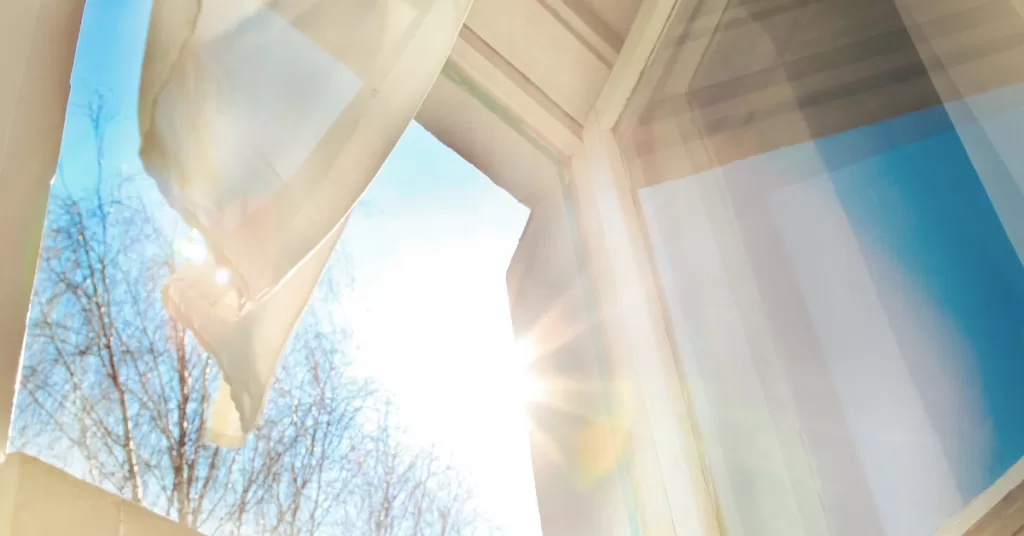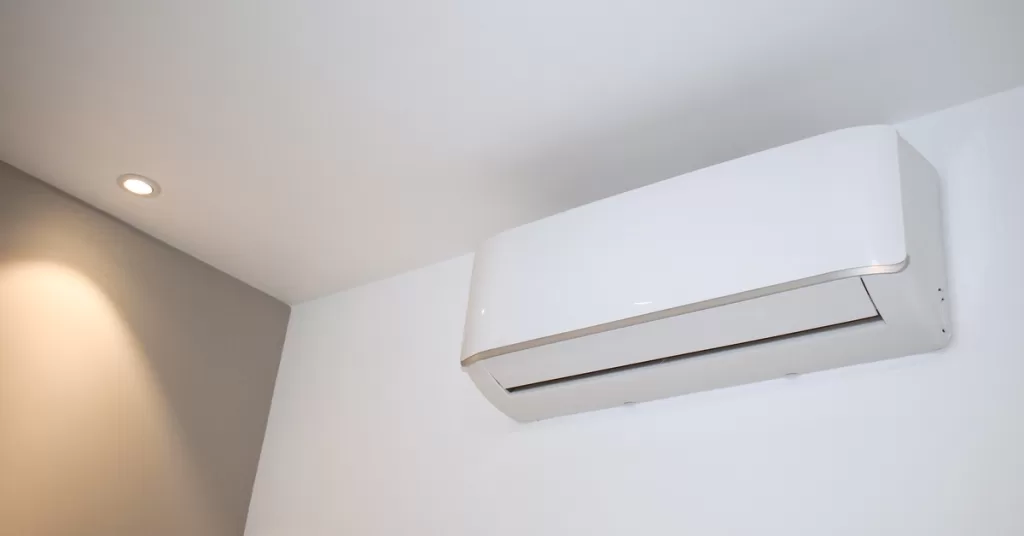How To Design and Build a Sustainable ADU

Adding an accessory dwelling unit (ADU) to your property gives you more than extra space; it also boosts property value and enhances how you use your home. Whether you want a separate spot for guests, extra room for family, or a source of rental income, creating a sustainable ADU lets you enjoy that versatility while keeping your environmental impact in check. When you learn how to design and build a sustainable ADU, you create a living area that’s comfortable, efficient, and eco-friendly.
Sustainable ADUs focus on energy efficiency, eco-conscious materials, and a smart use of resources. By planning your project with care, you can build a high-performance unit that saves money on utilities, welcomes everyone who stays there, and stands the test of time.
Select a Sustainable Site and Orientation
Start by determining the best spot for your new ADU. Placement matters a lot more than you might think. Where the unit sits on your land influences how much light, warmth, and shade it gets, which all affect comfort and energy use.

Position your ADU to soak up the winter sun, helping you save on heating. In the summer, smart orientation and existing landscaping can provide much-needed shade, lowering cooling costs. Pay attention to nearby trees, the home’s layout, and your lot’s shape for a design that blends seamlessly and works efficiently every season.
Prioritize an Energy-Efficient Envelope
Think of your ADU’s envelope—the walls, floors, and foundation—as its first line of defense against energy waste. A solid envelope keeps indoor comfort levels steady, regardless of the weather outside.
Great insulation is at the heart of an energy-efficient structure. When you use high-quality insulation and craft tight seals, you prevent warm or cool air from sneaking out. This means your heating and cooling systems won’t work overtime, and you’ll see the impact on your utility bill.
Use Sustainable and Recycled Materials
The materials you pick for your ADU make a big difference for the planet and the people living there. Choose renewable, recycled, or locally sourced products to shrink your project’s carbon footprint and keep the air inside healthier.
Opting for sustainable materials often means your ADU stands up better to daily wear and tear, giving you a home that lasts longer and looks great over time. Many environmentally friendly options offer impressive resilience, making them a smart investment for homeowners who want to worry less about repairs in the future. While initial costs sometimes vary, these materials can help reduce long-term expenses by minimizing the need for frequent replacements. Taking a thoughtful approach here supports your budget and your values.
You might use reclaimed wood, framing made from recycled steel, or insulation with recycled content. These options keep waste out of landfills and cut down on manufacturing emissions. They also show your dedication to building responsibly and crafting a home you’re proud of.
Incorporate Passive Design Strategies
Passive design features take advantage of nature with no fancy gadgets required. They help keep your ADU warm, cool, and well-lit using sunlight, breezes, and the surrounding landscape.
Consider adding overhangs to shield your windows from the harsh summer sun, but let gentle winter rays inside. Design windows or vents for cross-ventilation so fresh air flows on breezy days without needing to run an air conditioner. These strategies harness nature, leading to a comfortable and efficient home all year long.
Plan for Water Conservation
Smart water use is key for any sustainable ADU. Install water-saving appliances and plan systems that make every drop count.
Think about collecting rainwater for your plants or using native, drought-tolerant landscaping. Inside, install low-flow faucets and toilets. They work just as well while using much less water. Adding a greywater recycling system lets you safely reuse water from sinks and showers for irrigation, reducing your overall consumption. Xeriscaping your yard with hardy, local plants cuts down on watering needs and maintenance. These choices protect natural resources and, over time, can help you cut water bills significantly.
Choose Efficient Heating and Cooling Systems
An energy-smart building still needs a good plan for heating and cooling. Opt for appliances known for their efficiency. The right system lowers energy use and delivers reliable comfort.
A ductless mini-split fits ADUs perfectly. They take up little room, heat or cool the space as needed, and don’t waste energy conditioning areas you’re not using. This kind of targeted control is great for keeping bills down, especially in smaller spaces.

Install Energy-Efficient Lighting
Lighting choices impact energy bills and the atmosphere. Try buying LED fixtures. They last longer, use much less power, and keep things bright and welcoming.
Maximize the amount of daylight your ADU gets by thoughtfully positioning windows and doors. Natural light cuts your need for lamps during the day, which saves energy and creates an inviting space.
Think About Indoor Air Quality
A sustainable ADU isn’t just comfortable; it supports your well-being. The materials and finishes you select matter because they can impact the air you breathe.
Look for paints, finishes, and flooring labeled as low-VOC. These products keep the air cleaner and reduce exposure to unwanted chemicals. Also, make sure your ADU has good ventilation so fresh air always circulates and the humidity stays balanced.
Hire the Right Building Partner
Bringing your dream ADU to life calls for expertise, especially when sustainability is a priority. Choosing the right team saves you time and helps you sidestep costly mistakes.
Find a builder who understands green building principles and the details of local code requirements. An experienced ADU contractor brings practical insights to material choices, construction techniques, and project management, guiding you step-by-step through building a high-performance ADU. They become your trusted partner, making the entire experience smoother, more efficient, and more rewarding.
The Final Steps for a Sustainable ADU
Your ADU’s sustainability journey doesn’t end once the contractor hands you the keys. Plenty of small upgrades and habits make sure your new space stays eco-friendly, efficient, and inviting for years to come:
- Landscape with native, drought-resistant plants so your yard thrives with less water.
- Use a smart thermostat to fine-tune heating and cooling.
- Compost kitchen scraps and yard waste to reduce your landfill impact.
- Walk your family or tenants through the ADU’s unique features so everyone knows how to make the most of them.
Following through with these final touches, you get the full reward of designing and building a sustainable ADU that makes the most of your property, meets real needs, and supports a better future. When you look out your window at your finished product, you’ll see a functional, beautiful, and enduring addition to your home—one that gives your family more options and adds value you can enjoy now and for years ahead.
